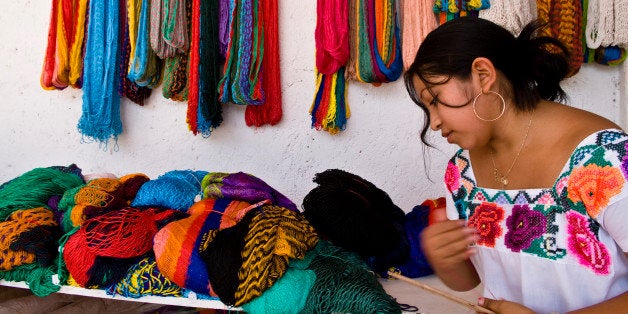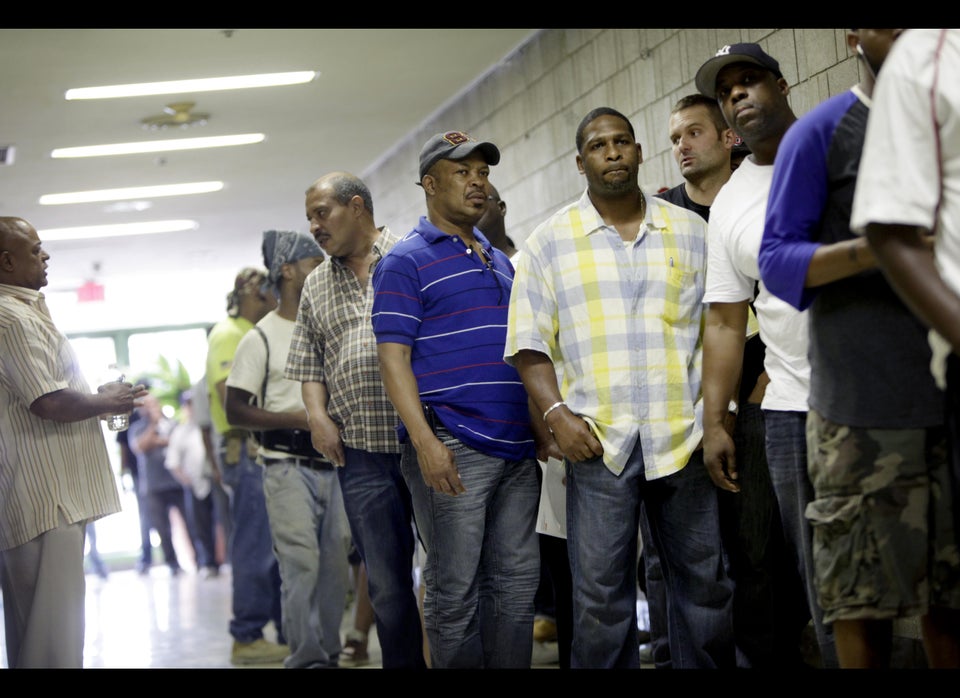
When half the population is faced with wage discrimination, the development of any country suffers. From the looks of it, the wage gap between women and men in Latin America is alarming.
This was the central message of a new report released this week by several United Nations agencies (the International Labor Organization, the Economic Commission on Latin America, the United Nations Development Program and the Food and Agricultural Organizations) focusing on the women’s wage gap and other labor issues involving women.
Decent Work and Gender Equality discusses how development is compromised by “gender inequalities that are a direct consequence of traditional views on the place and role that women should occupy in society—views based on prejudice, discrimination and disregard for the progress the region has made and its effects on societies. Societies must set out to become more inclusive and egalitarian in order to overcome.”
While women’s economic status varies from country to country in the Americas, one feature in every country studied was that there are also huge inequalities among women themselves.
Women earn between 60 percent and 90 percent of men’s average income. At the same time, the percentage of women heads of households grew from 22 percent in 1990 to 31 percent in 2008, according to the United Nations.
Moreover, women in the region dedicate a greater share of time than men to unremunerated activities that are characteristic of transitional roles – 86 percent in Guatemala, 81 percent in Costa Rica, and 74 percent in Mexico and Uruguay, according to a World Bank report on gender.
In Latin America and the Caribbean, women’s experiences and prospects differ greatly based on their ethnicity (e.g. indigenous or Afro-descendant), their age (young or elderly), where they live (urban or rural areas), their citizenship status (residents of their own country or migrants) and whether or not they have children.
It is noteworthy that in the United States, Afro American and Latino women are still earning less than white women, although overall there is still a pay gap between males and females of all ages.
In the last decade there has been a mass incorporation of women into the formal workforce in Latin America and the Caribbean, with more than 100 million women now working It has been one of the most dramatic social changes in the region.
The Kinds of Jobs Women are doing
In spite of a tremendous increase in the number of women participating in the workforce in Latin America women still face wage discrimination in all sectors of employment.
The report noted that women were especially relegated to jobs in the informal sector. According to this study 54 percent of all women across the region were in this sector, compared to only 48 percent of all men.
Being in underpaying and menial jobs reflects certain trends, such as greater urbanization and fewer opportunities for girls and women to have access to education.
The higher barriers to employment for women – lack of education, isolation in rural communities with fewer jobs available – result in more women left the national economy of so many countries. Women are twice as likely as men to be unpaid workers.
In addition, women are still stuck in jobs that do not pay a wage, meaning that work is more informal and unprotected, especially when women are family workers.
How to Overcome the Women’s Wage Gap
So what can be done to overcome what this study calls the undervaluing of women’s work?
Ministries of Labor and the Women’s Commissions throughout the region must work to build a more just set of conditions for income equality for women.
The researchers noted that women in Latin America are not alone in this situation. Globally, women in the workforce are still heavily concentrated in the low-income occupations and even in jobs that pay less than the minimum wage.
But it is also important to note that the types of solutions to the problems of underpayment or informal sector work must be overcome through policies by governments that promote pay equity as part of broader social policies on economic inclusion.
It also means that both local and national governments will need to emphasize the connection between expanding educational opportunities and access to a better quality of life.
Furthermore, the study suggests that policies that permit freedom to create and sustain labor unions, and the right to collective bargaining can benefit women workers. Health insurance, social security and other services that allow women to remain active during their productive years can also help.
A finding the report highlighted was that workers of both sexes see a rise in income with years of education. The women’s wage gap has narrowed because of the higher earnings of women with more educational credentials.
This is important as it demonstrates the overwhelming importance of secondary and higher education for women wage earners. Yet for too many women in the region access to higher education is still more difficult because of economic barriers. In rural areas the challenge is getting a primary school education.
Latin America and the Caribbean faces a critical moment in terms of setting in place protection regimes and programs that help eliminate wage discrimination against women.
But creating new laws, let alone enforcing them, will be something that each country needs to ensure higher growth rates. If women remain at the bottom of the earning ladder progress in the decades ahead will be compromised.
This is especially significant since the Americas is a less conflictive region with a growing middle class that has helped to ensure a better futures for its citizens than many other parts of the global south.
What is possible is for countries to adopt international legal norms to their particular women’s income gap issues. The Convention on the Elimination of Discrimination of all Forms of Discrimination against Women or CEDAW (1979) can help end employment discrimination. All Latin American and Caribbean states ratified it.
In addition, the Inter–American Program on the Promotion of Women’s Human Rights and Gender Equity and Equality, prepared by the Inter-American Commission on Women in 1998 to urge member states to ensure women have full and equal access to work and productive resources.
Finally, the Brasilia Consensus of 2010 includes the recognition of women’s unpaid domestic work and care giving; it recommends legislation that extends rights to female domestic workers as it does to other workers, and also guarantees equal pay for equal work.
These form a good starting point for better protections and improved public policy that can help promote equality. The choice should be obvious if nations want to grow and prosper. Economic growth cannot be accomplished when one half of the workforce is held back.
If the progress of the early 21st century is to continue then gender must be factored into all national decisions related to expanding and maintaining a productive workforce.
Johanna Mendelson Forman is a scholar-in residence at the School of International Service at American University and a Senior Advisor at the Stimson Center, Washington, D.C.
Originally published on VOXXI as Minding the gender gap in Latin America
